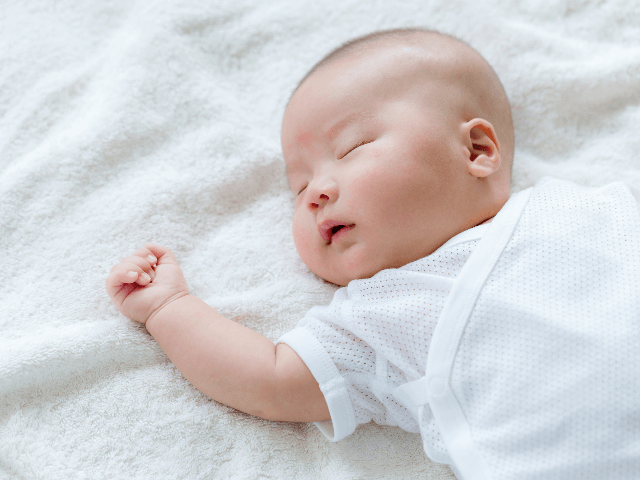According to data compiled by the Chinese government and released by its National Bureau of Statistics on Friday, the birth rate in 2019 fell to a level not seen since 1961.
That still worked out to 14.65 million babies, however, so the population now exceeds 1.4 billion and is still growing.
The South China Morning Post saw the birthrate decline as “within the expectations of many veteran demographers who for years called for the Chinese government to abandon its one-child birth policy – which ended in 2016 – because of the damage it would do to future economic growth and the nation’s ability to support its aging population.”
“The new figures also proved that the benefits from China’s decision to relax its birth restrictions have fallen well short of expectations. After Beijing allowed Chinese couples to have two children from 2016, the new birth rose briefly to 17.86 million in 2016 but has fallen every year since,” the SCMP added.
The report noted that China’s birth statistics, like its economic data, are likely to be exaggerated for political purposes even though demographic information is supposedly “sacred.” For example, the SCMP found that adding up the numbers from provincial reports accounts for only 13.62 million live births, over a million less than the National Bureau of Statistics total. Some cities have reported wildly seesawing monthly numbers that strongly suggest the numbers are padded to make it look like China’s population control policies are working perfectly.
China’s state-run Global Times naturally found little to worry about in Friday’s numbers, quoting analysts who said the demographic situation “merits policy attention” but there is “no population crisis so far.”
These analysts took the national figures as gospel and concluded the Chinese Communist Party’s relaxation of its notorious “one-child policy” was perfectly timed to arrest demographic decline. Some of these number-crunching exercises led to rather unlikely conclusions, such as 57 percent of 2019’s live births comprising second children that would have been forbidden under the one-child policy.
CNN looked at the demographic data on Friday and concluded China is actually hitting its lowest birth rates since the Communists founded their “People’s Republic” in 1949.
CNN pointed out that one potentially intractable problem created by the one-child policy is a severe shortage of young women, since boys were greatly preferred by poor families under the one-child regime.
Another is that young Chinese couples, like many others in the industrialized world, are putting off child-rearing as they focus on careers and worry about the effect children would have on their standard of living.
In contrast to Beijing’s numbers that suggest half of all births are now couples enthusiastically having second children, a 2017 survey showed that over half of Chinese families thought a second child would be too expensive. There are widespread expectations that the current two-child limit will be lifted before the end of 2020, but that will not help much if a vast number of Chinese couples think having more than one child is prohibitively expensive.
A December report at Sky News outlined another problem catching up with China: its long tradition of the elderly living with their families leaves it ill-prepared to deal with a massive aging population. China does not have the facilities to care for so many senior citizens, or the accumulated wealth to handle a surplus of elderly people versus young workers.
“China is getting old, fast. Last year there were 167 million people over the age of 60. By 2050, there will be 487 million, representing more than a third of the population,” Sky News noted.
China clearly does not yet have a demographic problem as severe as Japan’s, to take a notable example, but its economic ambitions envision a workforce that might not be growing nearly as fast as needed, and the staggering size of China’s population will give its population crisis a terrible momentum.

COMMENTS
Please let us know if you're having issues with commenting.